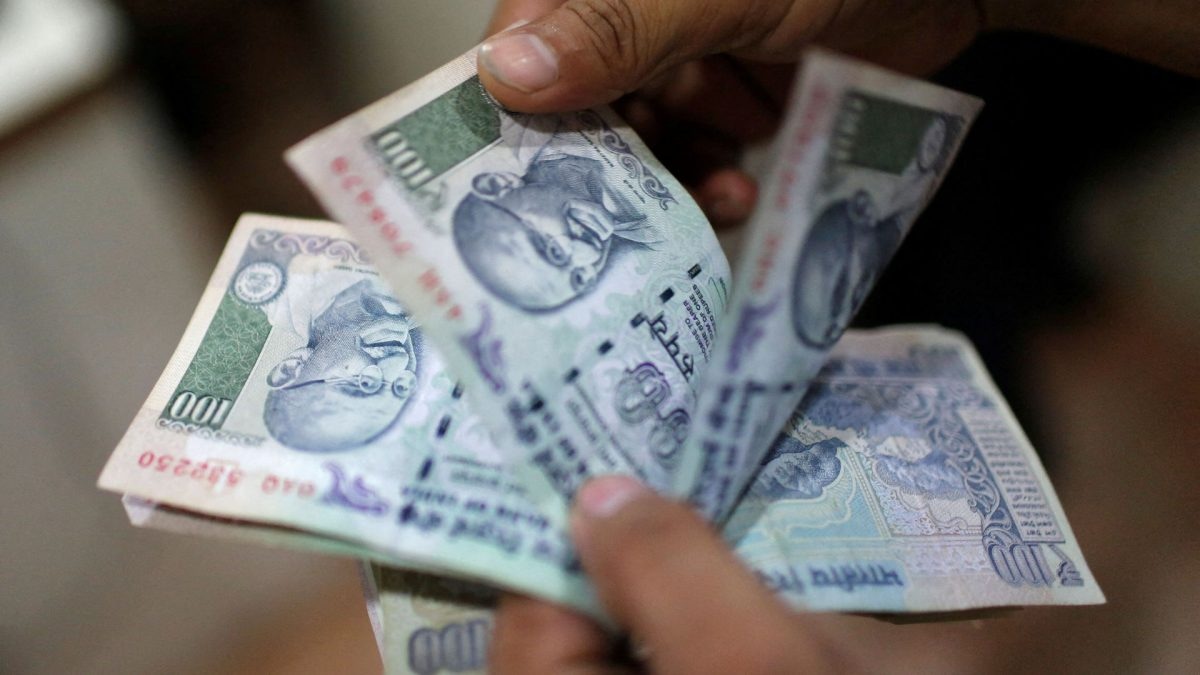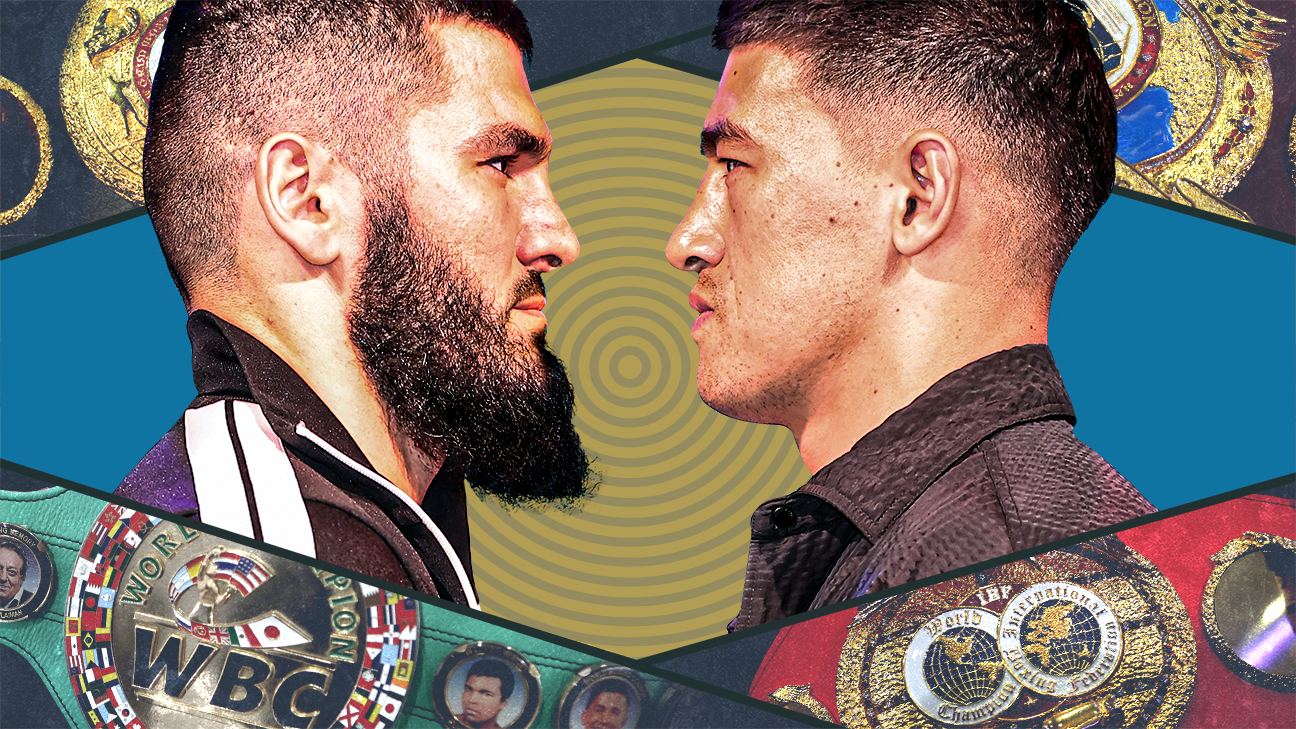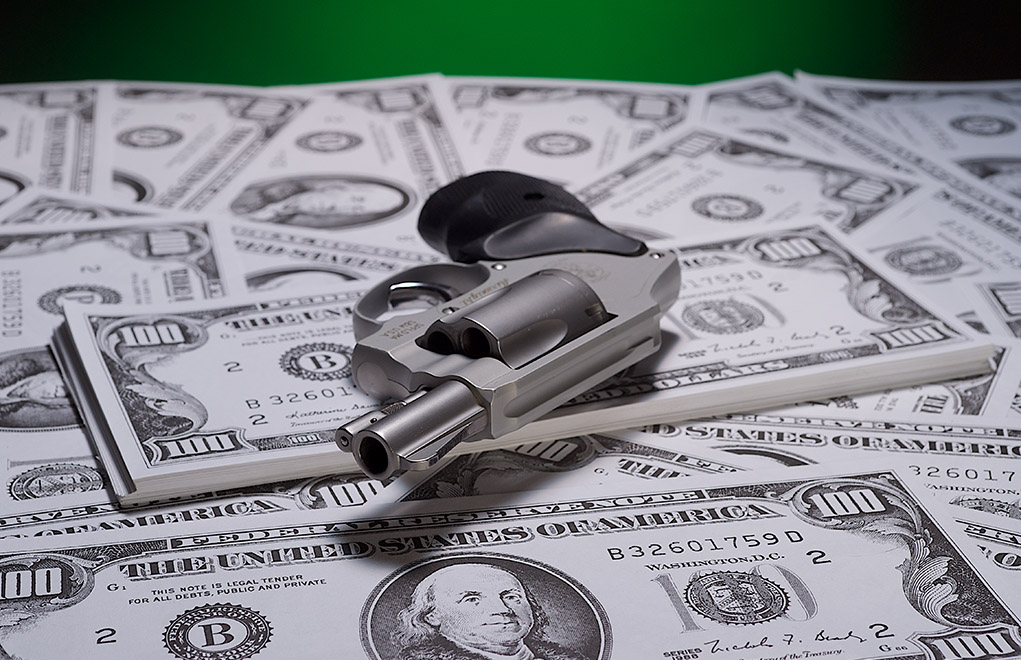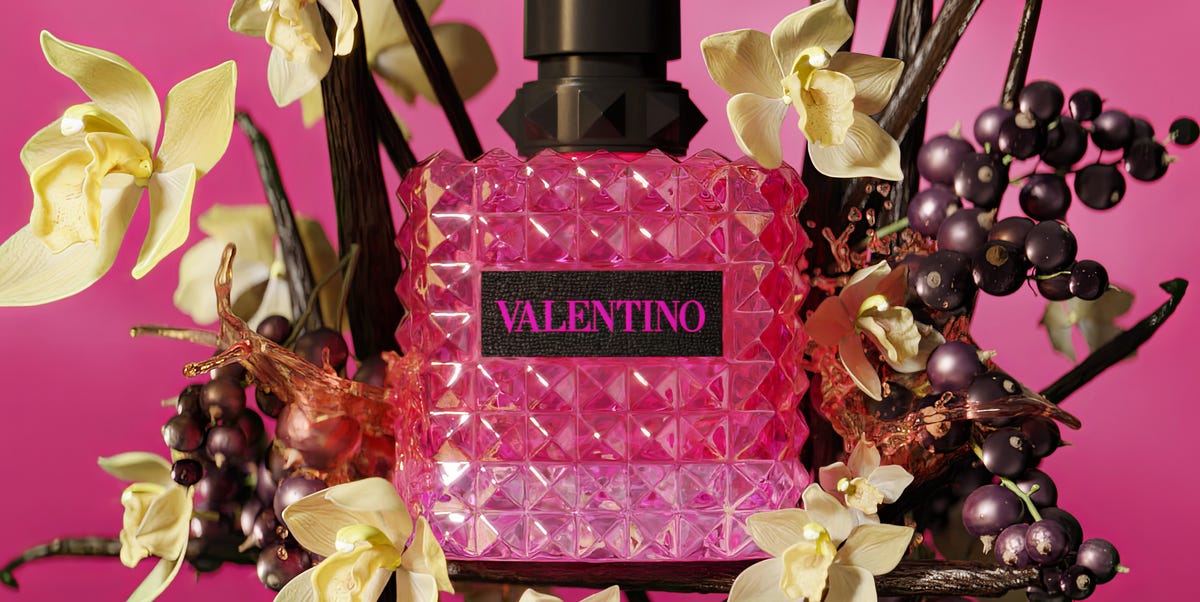Everything You Should Eat at Caribbean Carnival


You can’t dance, parade, or celebrate Caribbean cultures on an empty stomach: One expert’s guide to what you should be eating at nine of the region’s best Carnival celebrations
Everyone should experience a Caribbean Carnival (or two), whether it’s a jump up on a small island or a mas (short for “masquerade”) on a larger island. The annual celebrations — many in the spring centered around Lent, though taking place through the year — uphold rituals dating back to the 18th century. Food, especially street food, always plays a role.
In Trinidad and Tobago, considered the originator of Caribbean Carnival as we know it, the event emerged from a spirit of resistance. French colonizers, who first occupied Tobago in the 17th century, introduced the masquerade tradition, as they did with Mardi Gras in Louisiana. Enslaved Africans began to take part, often donning costumes to mock their masters. During this same period, slaves would set fire to cane fields as a form of rebellion, a ritual known as “cannes brulees” or “canboulay.” Over time, these forms of resistance and celebration merged, incorporating aspects of Afro Caribbean music and dance, and spreading across the region. Passing down these traditions through generations, before and after emancipation, became a way to push back against colonialism’s erasure of African and Afro Caribbean cultures.
Today, revelers travel the Carnival circuit, pulsing to the rhythms of soca, bouyon, gwoka, tumba, and dennery alongside locals on each island. Historic dishes, some dating back to the 1800s, are a crucial part of maintaining cultural memory during these events. Food is also a constant source of entertainment — and sustenance: Doubles, jerk, accras, bokits, and corn soup help fuel day-long fetes and processions. Eat enough, and you’ll find yourself leaving the party with tabanca, as they say in Trinidad: a feeling of longing after the end of something special and a deep desire to plan your next visit.
/cdn.vox-cdn.com/uploads/chorus_asset/file/25872433/Carnival_Spot_Trinidad.png) sockagphoto / Shutterstock. Sean Drakes / Getty Images. Angostura.
sockagphoto / Shutterstock. Sean Drakes / Getty Images. Angostura.
Trinidad and Tobago
When: January through Ash Wednesday, peaking Carnival Saturday through Tuesday
What to eat: corn soup, doubles
What to drink: sorrel shandy, Angostura Lemon, Lime & Bitters, Carib beer
Trinis are known for their “sweet hand” in the kitchen, where they cook up a local cuisine inflected with African, Indian, Lebanese, and Chinese influences. You’ll find food at every fete, around the Savannah (a massive park in Port of Spain), Kiddies Carnival, and Panorama (the annual steelband competition).
No Carnival lime (hangout session) is complete without a late-night or early-morning corn soup, a smooth-chunky blend of split peas, ground provisions, pumpkin, dumplings, and corn. And you can’t miss the opportunity to eat some doubles: two deep fried baras (flatbreads) filled with curry channa (chickpeas) and a myriad of spicy and sweet sauces. If your spice tolerance is high, order either with “plenty pepper,” and wash it down with an ice-cold sorrel shandy.
Jamaica
When: late February peaking in April just after Easter
What to eat: steamed fish, okra, bammy, mannish water with rum
What to drink: Red Stripe, Appleton Estate rum
A relative newcomer to the scene, Jamaica’s Carnival is rapidly becoming a top destination on the annual lineup. With an exciting lineup of breakfast parties, cooler fetes, and mas bands, the land of rocksteady, reggae, dub, and dancehall transforms into a vibrant soca kingdom in the weeks leading up to Easter.
For a taste of Jamaican cuisine, head to Hellshire Beach for delicious steamed fish, okra, and bammy (cassava flatbread). Mannish water, a hearty soup made with goat tripe, can be a hangover cure or a way to kickstart the day if you get yours spiked with white rum. You can always hit up a cookshop for oxtail, stew peas, curry goat, ackee and saltfish, and jerk too.
/cdn.vox-cdn.com/uploads/chorus_asset/file/25872654/Carnival_Spot_Grenada.png) Spicemas Corporation. Rivers Antoine.
Spicemas Corporation. Rivers Antoine.
Grenada
When: April through August, peaking the first two weeks in August
What to eat: oil down, tania log
What to drink: Rivers Antoine rum
Named for the island’s famed spices, Grenada’s Spicemas is particularly well known for Jab Jab, a tradition that takes place during J’ouvert dating back to emancipation; masqueraders cover themselves in black substances such as tar, molasses, or paint, and don horned helmets to defy colonial conceptions of Blackness.
Grenadians insist visitors try their national dish: oil down, a one-pot stew of breadfruit, coconut milk, turmeric, callaloo (dasheen bush), and pig tail, a perfect dish to soak up some overproof Rivers rum stashed in a flask or enamel cup. Another Carnival staple is tania log, a rich porridge made from malanga root blended with milk and local spices.
Dominica
When: January through Ash Wednesday, peaking from Carnival Saturday through Tuesday
What to eat: goat water, chatrou water, fresh fruits
What to drink: coconut water, Kubuli beer
Though the Caribbean’s Nature Island is gaining a bit more global attention, the annual Mas Domnik remains a relatively low-key celebration against a stunningly lush backdrop.
Indulge in goat water, a light stew that’s heavy on clove and packed with mini dumplings, yam, and vegetables. And don’t miss the island’s seafood, including chatou water: octopus simmered in a rich coconut broth seasoned with turmeric, rosemary, and local spices.
Guadeloupe
When: every Sunday starting in January, peaking Carnival Saturday through Ash Wednesday
What to eat: bokits, accras de morue
What to drink: Gwada beer, ti’ punch
Gwada has one of the longest Carnival seasons, with mas processions commencing in December and culminating on Ash Wednesday with the death of Vaval (King of Carnival). Group a po, a fast-paced rhythmic march that takes over Pointe-à-Pitre every Sunday, emerged in the 1980s; participants wear bespoke costumes and play instruments made from banana leaves, upcycled plastic, fabric, and roucou oil.
Throughout the city, you’ll find food trucks serving accras (fluffy fish fritters) and bokits (fried dough akin to bakes, johnnycakes, or dumplings). Best with ham, chicken, or conch, bokits are the ultimate Carnival street food and a symbol of Guadeloupe’s Creole flavor.
St. Lucia
When: starting in May, peaking in mid-July
What to eat: green fig and saltfish, cassava bread
What to drink: Bounty rum, Piton beer
With its robust lineup of fetes, soca, and steelpan competitions, St. Lucia’s mid-summer jump-up culminates in a two-day parade of mas bands and DJs blaring soca and dennery segment, an infectious genre of Kwéyòl music that developed in the early 2010s with heavy Afro Caribbean and Zouk influences.
To soak up the rhythms and libations, feast on a bowl of green fig and saltfish: a hearty one-pot dish made with boiled, unripe bananas topped with flaky salted cod and seasoned with fresh market spices. On your way to or from Castries, make a pitstop at a cassavarie for cassava bread, amped up with savory fillings like smoked herring or sweet options like guava or chocolate.
/cdn.vox-cdn.com/uploads/chorus_asset/file/25872666/Carnival_Spots_Panama.png) NatalyaBond / Shutterstock. LUIS ACOSTA / Getty Images. Cantina del Tigre.
NatalyaBond / Shutterstock. LUIS ACOSTA / Getty Images. Cantina del Tigre.
Panama
When: Friday to Tuesday before Ash Wednesday
What to eat: rondón, arroz con pollo
What to drink: chicha, seco, diablico
Heavily influenced by Afro Caribbean, Indigenous, and Spanish cultures, Panama’s Carnival may be one of the most unique experiences in the Americas. Brass bands pump their own versions of cumbia, salsa, calypso, and reggae. Some revelers wear polleras, the national dress adorned with garland, fruit, and intricate patterns, while others become los diablos, devil-like characters with European origins.
Cool things down with some ceviche, perfectly seasoned with peppers and onions, or rondon, an Afro Caribbean stew made with fish, meat, or vegetables simmered in fresh coconut milk. You also can’t go wrong with saffron-infused arroz con pollo and a healthy side of plantains. When the temperature rises, grab a diablico, a velvety blend of milk, seco (sugarcane liquor), and spices, or a chicha, a drink made of fermented corn.
Curaçao
When: starting in January, peaking in March
What to eat: keshi yena, pastechis, conch stew
What to drink: anything with blue Curaçao, Montana Bierhuis ale
Venezuelan residents introduced Curaçao to Karnaval in the early 1900s. Originally an exclusive event for the elite, it eventually evolved into an inclusive celebration showcasing Curaçao’s rich cultural diversity. Things kick off in January with the Tumba Festival, a four-day music competition in which contestants sing entirely in Papiamento (the mother tongue of the ABC islands), often with heavy Latin and jazz influences.
Go for some keshi yena, a casserole made from Edam cheese stuffed with chicken, vegetables, and spices that can be found at food stalls, snack bars, and restaurants around the island. It also wouldn’t be Karnaval without street food, including a sweet and savory pastechi: a flaky, crescent-shaped pastry filled with meat, cheese, or vegetables, punctuated with celery, onions, raisins, cumin, and nutmeg.
/cdn.vox-cdn.com/uploads/chorus_asset/file/25872627/Carnival_Spots_Brooklyn.png) Roy Rochlin / Getty Images. rez-art / Getty Images. Roy De La Cruz / Shutterstock.
Roy Rochlin / Getty Images. rez-art / Getty Images. Roy De La Cruz / Shutterstock.
Brooklyn
When: August, peaking Thursday through Labor Day Monday
What to eat: jerk, souse, griot, pholourie
What to drink: nutcrackers, mauby, Prestige beer, Guinness
Carnival fans travel all over the Caribbean, but it’s worth remembering the U.S. is home to one of the best celebrations of the season. The Caribbean diaspora hits the streets of Brooklyn every Labor Day for the nation’s largest Caribbean festival. Modeled after Trinidad’s Carnival, the West Indian American Day Parade includes festivities like Panorama (steel band competition), Kiddies Carnival, and Dimanche Gras (crowning of the king, queen, and calypso monarch).
Hundreds of street vendors from Jamaica, Trinidad, Grenada, Haiti, and elsewhere line Brooklyn’s Eastern Parkway to serve perfectly smoked jerk, souse, and pholourie beneath a sea of national flags. Pair anything with a classic New York nutcracker.
Shelley Worrell is an award-winning cultural entrepreneur, curator, and writer with over a decade of experience traveling across the Caribbean to chronicle Carnival celebrations, food, culture, and lifestyle. She is also the founder of I AM CaribBEING, a platform celebrating Caribbean culture and identity, and she led the movement to name Brooklyn’s Little Caribbean in 2017.





































































































































































































